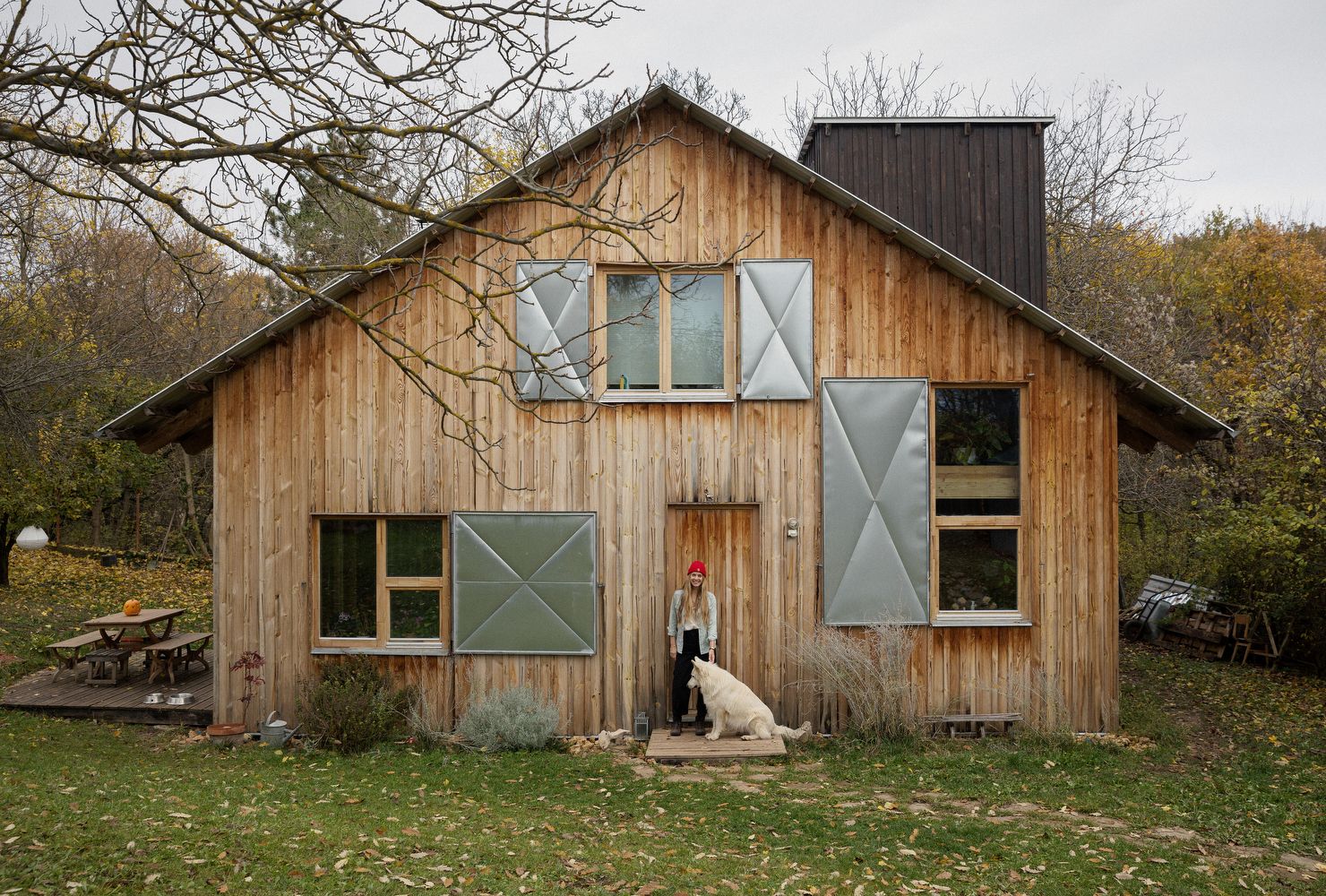We arrive in Nagykovácsi by car: from a distance, we notice a characteristic detail of the house, the “little tower” covered with burnt larch. Kelet (East), the friendly white Swiss shepherd, greets us warmly at the gate. Zsófi Fenyvesi, artist and graphic designer, the art director of Szikra Mező and the founder of Phylia Studio, lives here. The lovely chalet is more than a promise of slowing down: in the courtyard, titmice gather happily around the walnut tree (black sunflower seeds are their favorite), and inside, the tea boils in pleasant warmth.
There are few wooden houses as special as the one of Zsófi Fenyvesi. Not only in this region, but in the whole country. At first glance, you wouldn’t even say it’s particularly big (54 square meters of floor space, plus an attic)—the simple and clever architectural solutions create harmony and practicality. Many people warned Zsófi against building a wooden house, but she didn’t back down: the plans were drawn up together with AU Workshop designers Dénes Ghyczy and Lukác Szederkényi, and by May 2017, the house was built, with timber sourced from Transylvania.

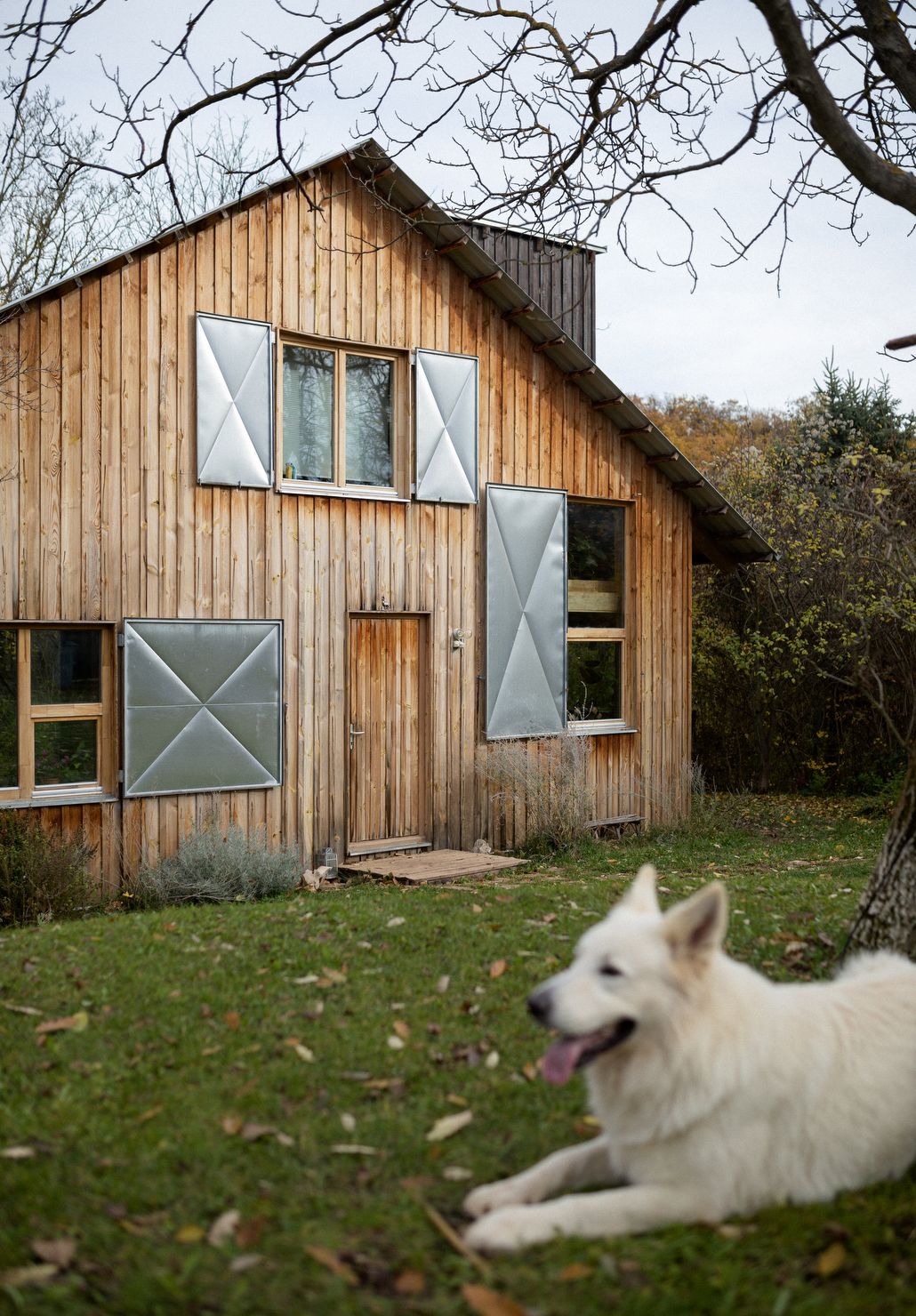
Zsófi grew up on the shores of Lake Balaton, studied philosophy at ELTE and graduated from Ecole d’Art Maryse Eloy with a degree in visual communication. She started her own business, Seven, with her economist sister in 2007, before graduating, and has gained a wealth of international experience as a designer and production manager. Initially, they worked with aerobatic and fighter pilots, for whom Zsófi designed the entire visual identity. She has been responsible for the graphic design of more than half of the pilots flying in the Red Bull Air Race, from the painting of the aircraft to their technical clothing and hangar graphics, from the first drawn lines to the final design and production. Meanwhile, she was the designer of the Breitling Jet Team fighter pilot team for eight years from 2010. “It was a real dream job for me at the time: drawing on a napkin over dinner, talking to a group of fighter pilots about crossing the speed of sound, or taking part in their official photoshoot when we flew seven L-39 Albatros in formation around the summit of Mont Blanc was very special. I can’t say that I wasn’t nervous when we fell a little behind and Christophe Deketelaere, sitting in the separate cockpit behind me, raised his hand and said, “You’re flying the plane now!” Of course, it was a great experience; I loved it!” Meanwhile, from 2013, she worked for seven years as a designer for the Swiss watch brand Breitling, designing and producing stylish workwear for all the company’s brands in forty-seven countries. “This is one of Zsófi Fenyvesi’s secret lives,” she says with a laugh. But there were also a few domestic love projects. Zsófi founded the Phylia Studio in 2016, where you can see a selection of projects about art, sports and music.
Zsófi never had to go next door for ideas when it came to some previously unknown adventure. At the age of 20, she decided she wanted to learn English, so she signed up for a sports camp in California, where she taught horse riding while also trying her hand at surfing, something she had long wanted to do. She is a big fan of extreme sports, enjoys sailing, skateboarding, horse riding and is passionate about collecting special bikes. She tried many things, so we wondered if there was anything else on her bucket list that she hadn’t done yet.

“Right now, I don’t feel like I’m going in this experimental direction. I’m more interested in how to live on this planet sustainably, simply and naturally, in a way that allows you to create the basic conditions around you while keeping your eyes open to the small wonders of the world,” she begins and then continues: “You could say I have had the experience of a lifetime so far. I’ve been to many places in the world, sometimes having to travel to thirteen countries in four months for a job. In all sorts of things—which is a huge privilege—I’ve had the opportunity to go a little overboard and find out that you have to think carefully about what you want because it might come true and that you always have to find a balance in everything. The soul is said to travel on horseback; the faster pace is often almost impossible to process.” As she says, after this trip she couldn’t go anywhere for a very long time.

“There’s a lot I’d like to try, but maybe in a slightly different context than before. I’m enjoying that my little boy is getting older and is slowly entering the age when he can be a partner in exploration.”
The house was just about to be finished when Zsófi met her future husband, Gáspár, and they moved in together in May 2017, and in spring 2018, Jonatán was born. “I think that when you decide to build a house and move out into nature, you experience how nature reflects back on you. What it’s like when you look outside and see nothing but trees every time you wake up.” As is indeed the case with Zsófi—no plasma TV could match the view that greets the one waking up from a dream on the upper floor of the house: the vast glass surface offers an unparalleled view of the trees of the nearby forest.
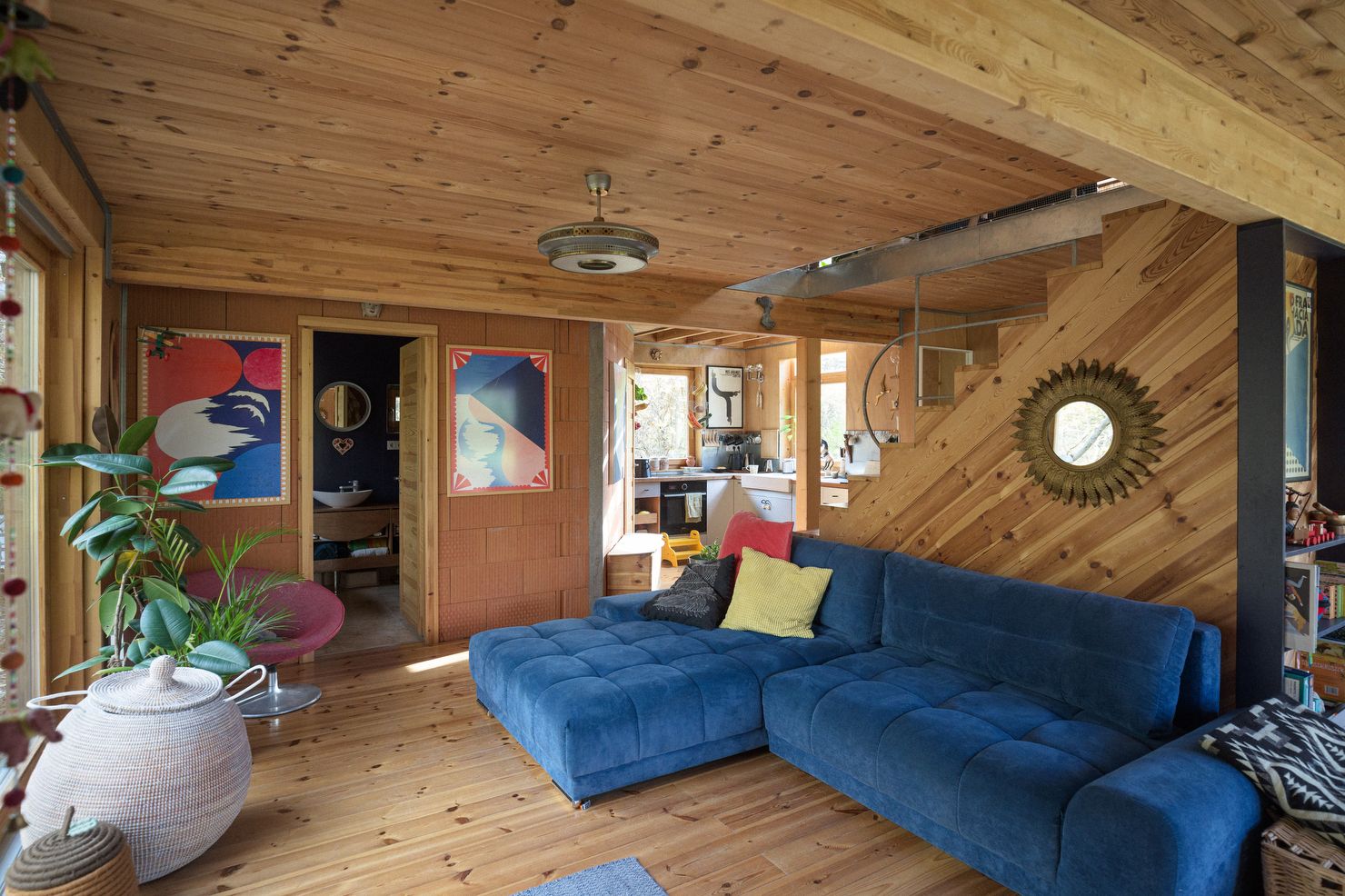
Zsófi used to live in the eleventh district, in an apartment of thirty-eight square meters. “Back in 2015, it was not so clear that I wanted to build a house. I had some money saved up and started looking at apartments. But somehow, it felt so unnatural to move back to another apartment after eight years… That’s when I decided that I should build.” She drew a big circle around Budapest and started looking. She went through the nooks and crannies of the subject, and the conclusion was to find a plot of land that was magical, that fit the budget and could be built on.
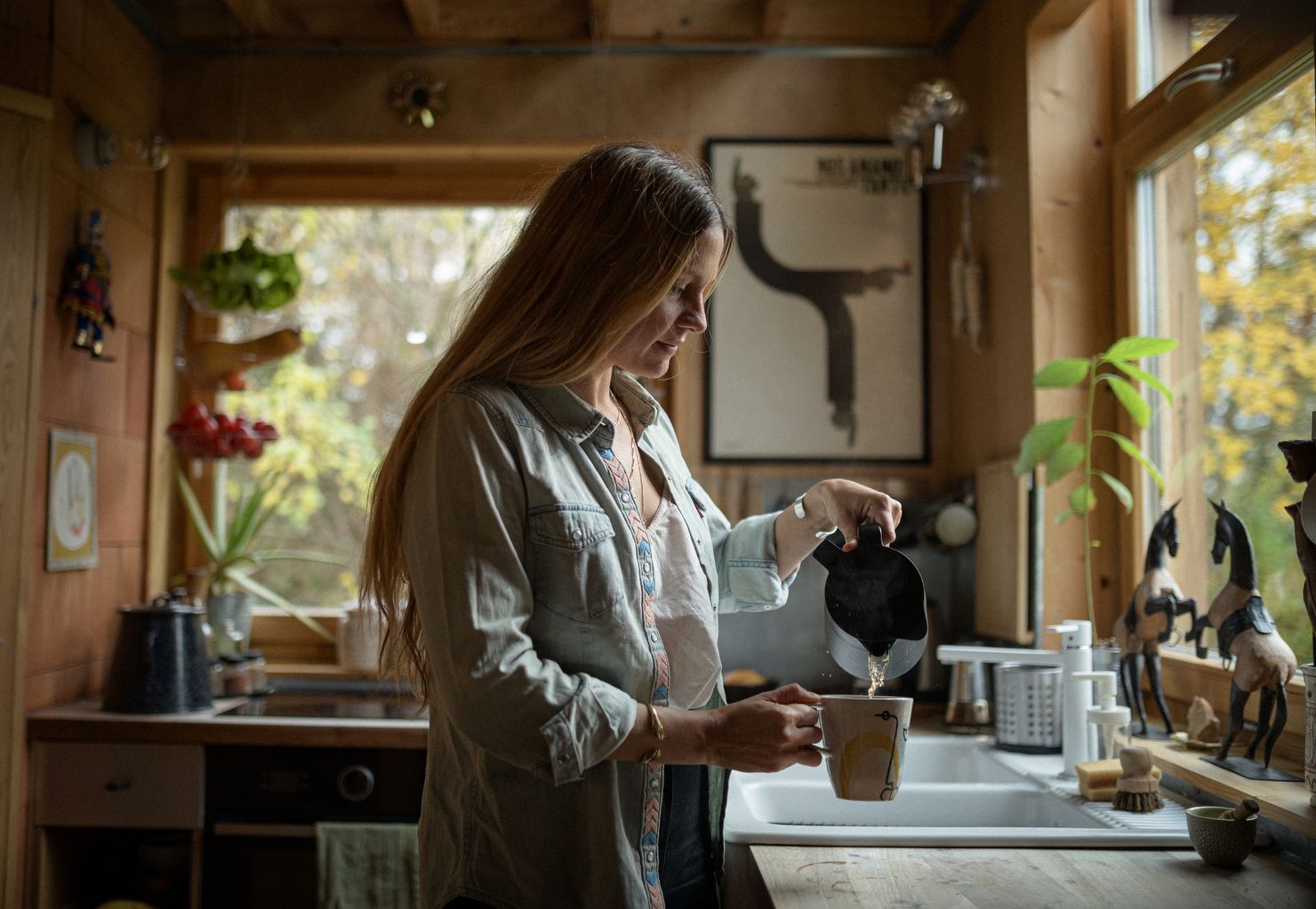
Her sisters were already living in Nagykovácsi, and she spotted the advertisement. The weed-infested “horror house” (as Zsófi calls it) on the plot had to be demolished, and only after that could the planning of the new house begin. The group of Dénes was already designing independent family homes, but they were always known for their experimental projects. “Wooden architecture is generally not common here, and not many people design wooden houses. I knew that working with AUW on the house plan would involve some risk, as the guys are radical in the pursuit of their own artistic vision, and at the same time, one of the most exciting things was to sometimes keep the wildest ideas, sometimes tame them and in the end bring them into a form we all like.”
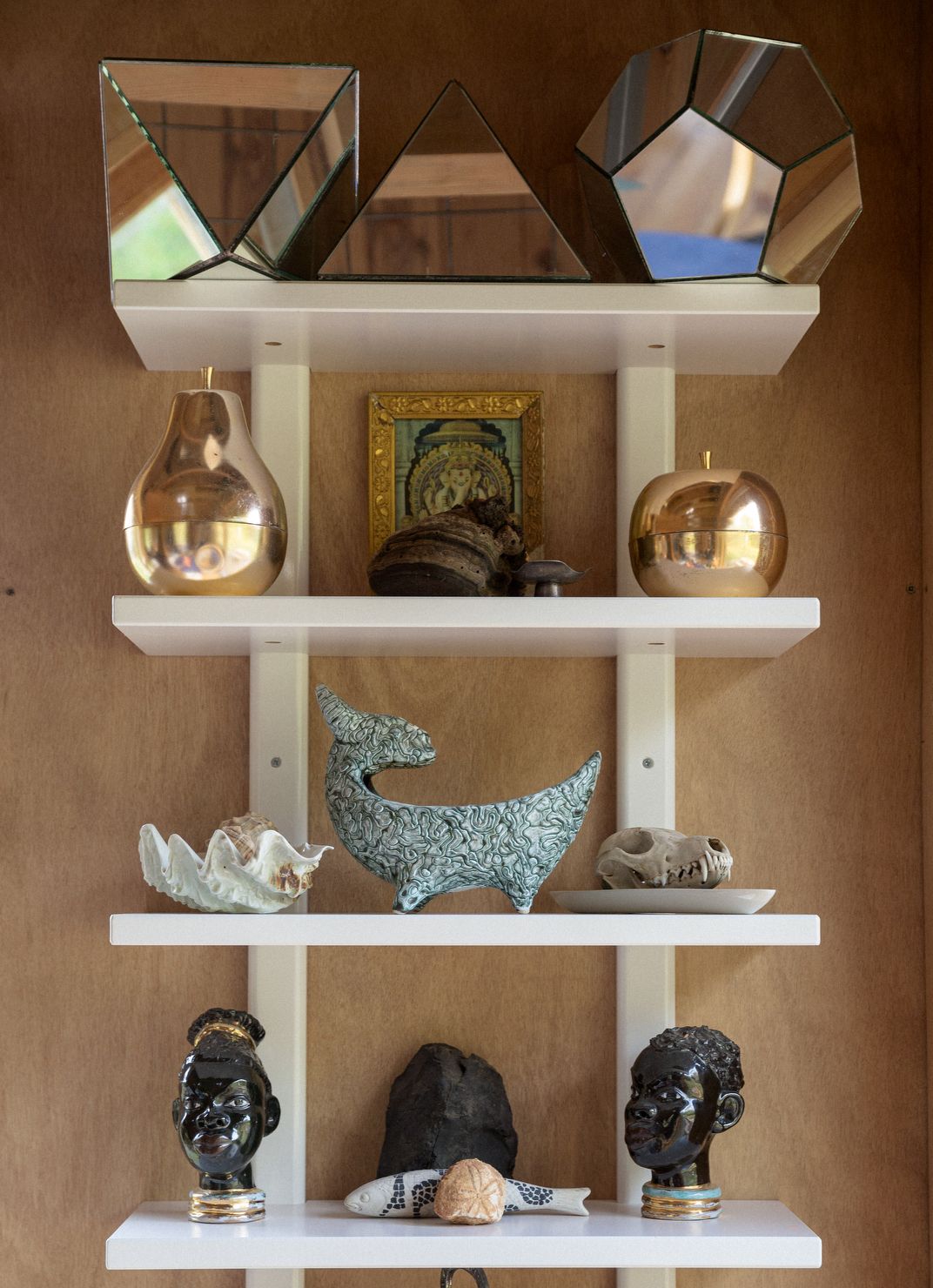

All the surfaces of the house echo the naturalness: brick, wood, stone appear here as well. When the house was completed, it was reported on many forums and ArchDaily also took notice. It’s interesting to see how a relatively sterile and uncluttered space on the pages of an architecture magazine can be transformed into a cozy, truly lifelike space—Jonatán’s arrival brought a change to Zsófi’s living space: not only did toys and storybooks need a place in the house, but the openwork ceiling structure had to be made “childproof”. Meanwhile, the area under the stairs was also built in: the handy cupboard swallows up a lot of things. The living-dining room is adorned with a beautiful antique tiled stove, which Zsófi acquired from a collector.
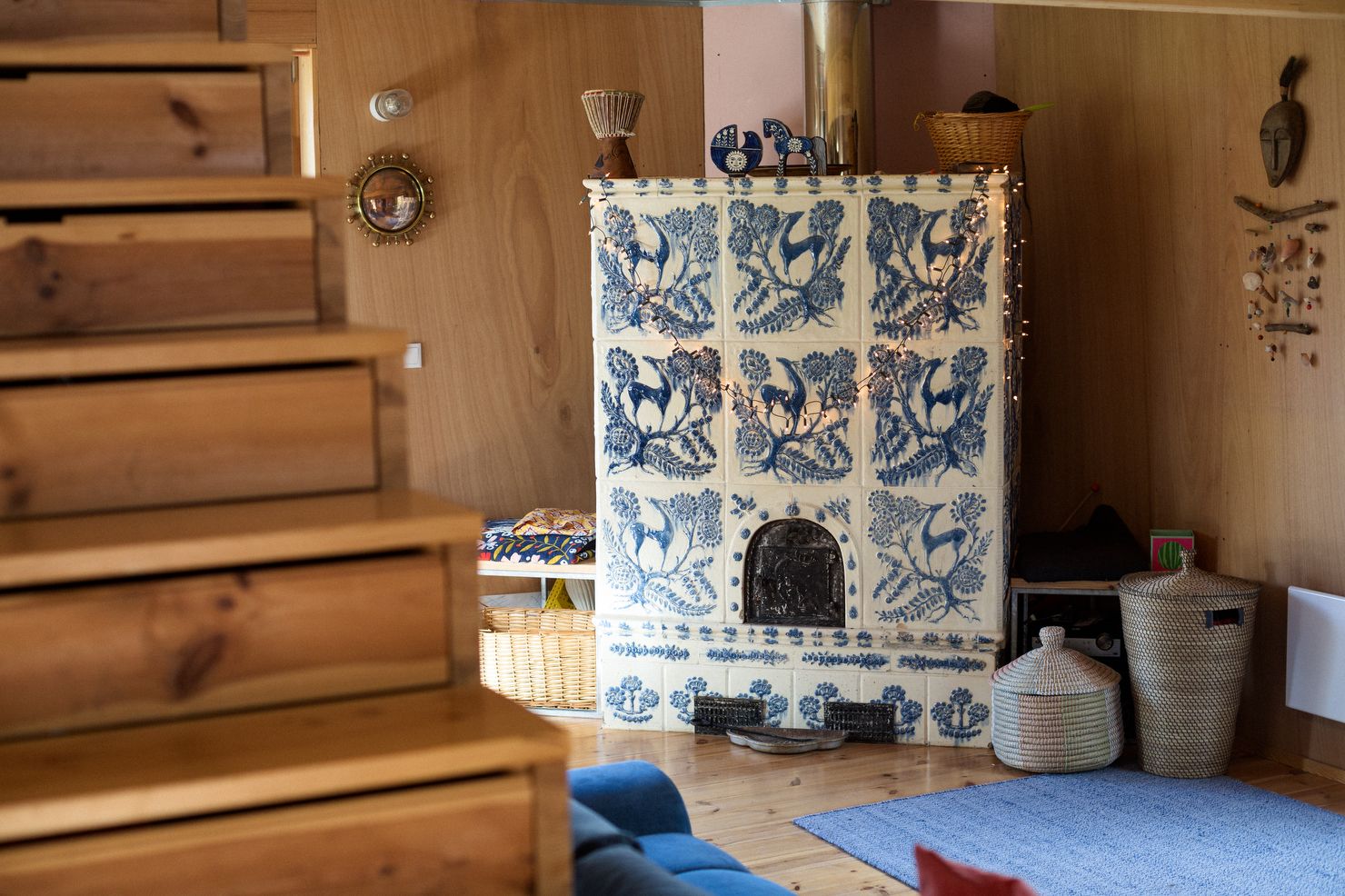

On the shelf next to the dining table, objects line up in a kind of Wunderkammer (cabinet of curiosities). One of them is a rounded limestone piece the size of a palm: “While we were collecting stones by hand for drainage around the house, we found a starfish imprint because there used to be a sea here. So you could say I’m actually living on a beach.” She also shows us an exciting piece of black stone she found downstairs, which she thought at first was an alien piece of volcanic rock—then “Hungary’s David Attenborough,” geologist Árpád Juhász helped her by phone to figure it out, it was a simple blast furnace slag. “It’s a funny story because I posted a picture on Facebook asking if I knew any geologists and I got a phone number and a first name in reply; I called him straight away, »Hi Árpi, I found a rock!« »Really, where?« And that’s how I had my first ever conversation on the phone with Árpád Juhász, to whom I am a great admirer, and we invited him to give a lecture at the Field of Sparks later that year.”
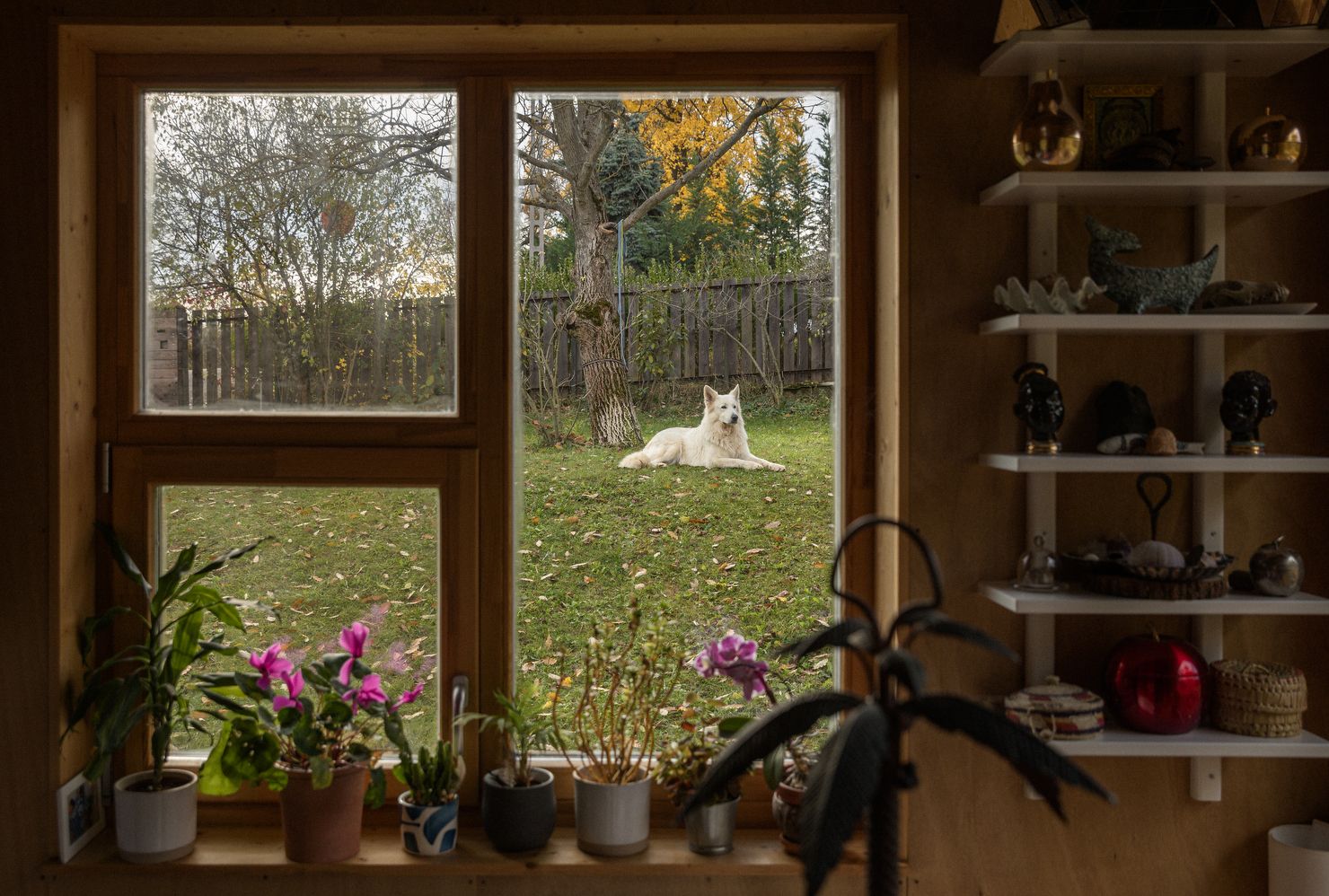
And what is driving her these days? “To work with art, painting, to create objects, to create in the spirit of beauty and meaning, that’s what moves me. However, besides self-expression, it is increasingly important for me to do things that can make the world a little bit better. The Field of Sparks is a combination of all of these. I’m interested in those things that have a kind of archaic, elemental quality. By that, I mean the simplest things, like why is it good to prepare a meal together and eat it together? To light a fire and sit around it. Why is it good to work together? There are so many details in the Field of Sparks that bring together these archaic elements that we recognize in ourselves, that make people feel at ease and natural, that carry the harmony of things that are hard to put together.”

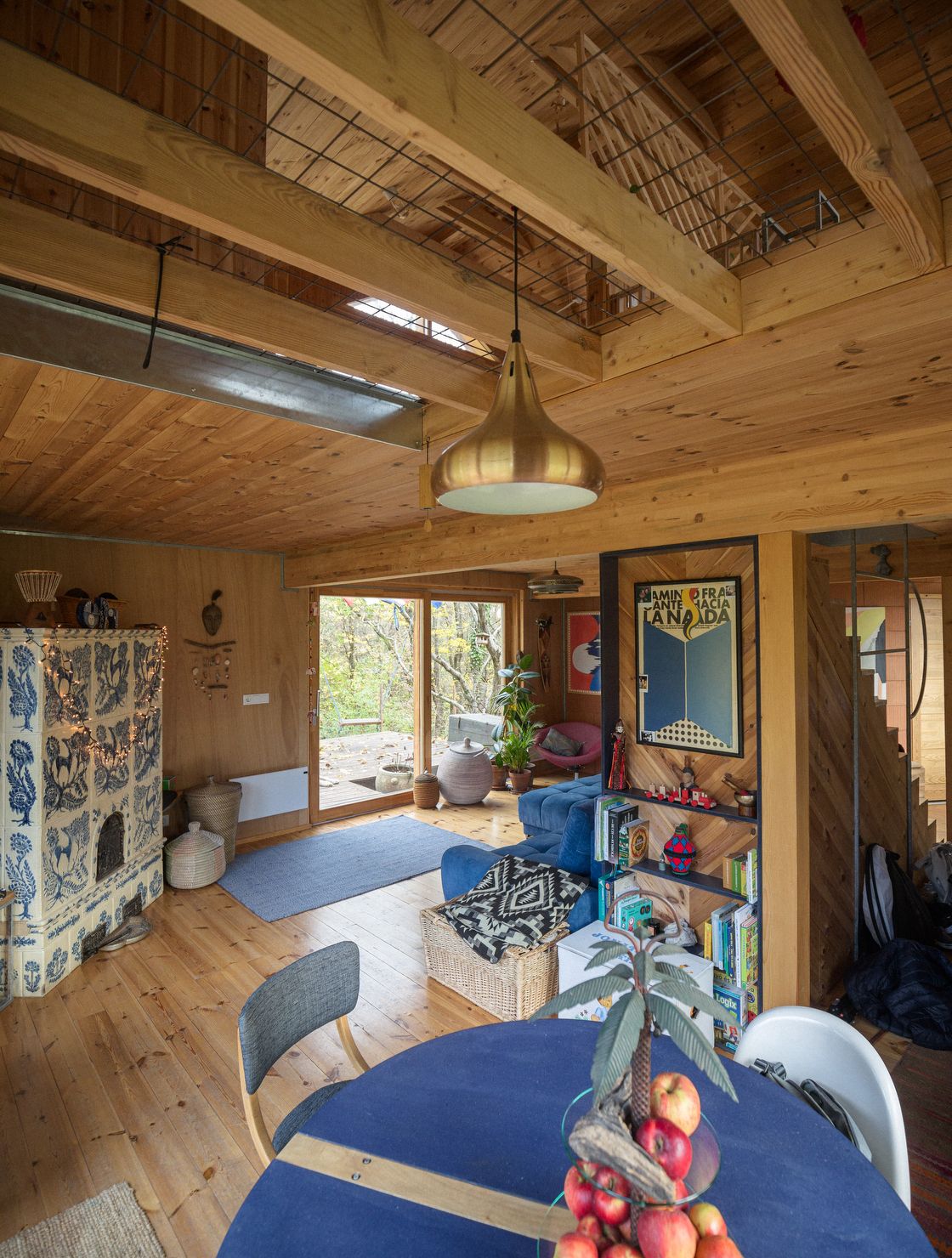
Every year, contemporary architects and visual artists are invited to Ipolytarnóc to create experimental architectural installations and murals with the locals, building an international community at the Fields of Sparks art week, whose art director Zsófi has been for four years. For Zsófi, this story means a lot because she sees that in a place like Ipolytarnóc, you can really see what is important and what is not. She believes that art changes everything; the shared, joyful creation gives an elemental experience, sensitizes and opens up new realities.

For now, the main focus is on the art camp at the end of August, but the plan is to make it possible to organize programs for three seasons. “This year, our association purchased a decaying century-old barn building. We want to turn it into not only a community space but also an exhibition space or even an accommodation.”
And what would Zsófi like to do now? She would be happy if she could paint in the barn now because it would also mean that she had managed to save this building so that it could be filled with new life and be a joy for both the travelers and the people who live here.
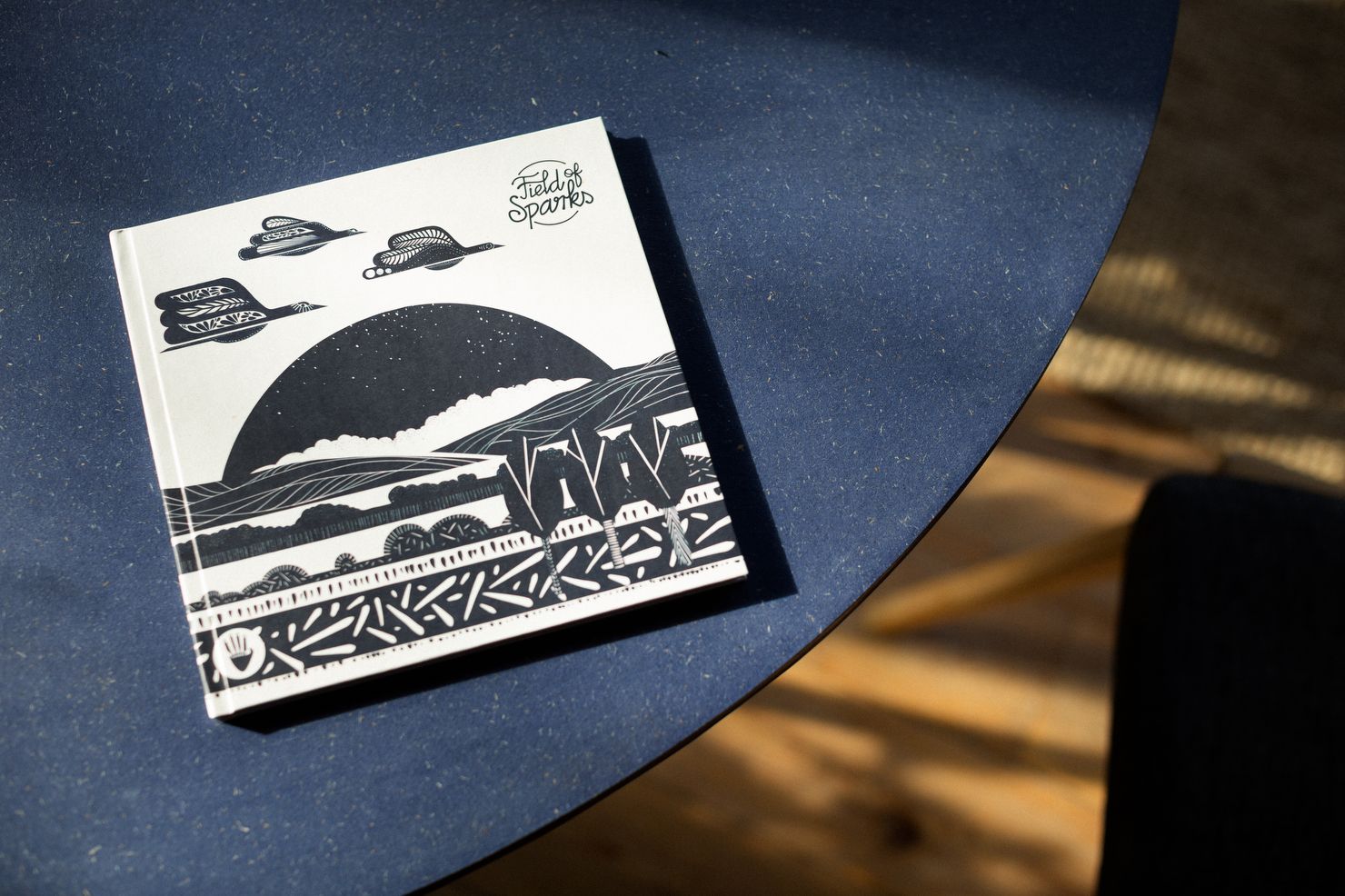
Our series features creative professionals who have had enough of the hustle and bustle of the big city and moved—half or all—to the countryside in search of a new life. We’ll show and tell you how they made their nests and created a new home close to the capital or on the other side of the country in a place they’re not used to or very familiar with. Is life in the countryside really as good as most of us imagine?
In the second issue of Hype&Hyper magazine, you can read the extra episode of the Leaving the city series! Don’t have a magazine yet? Order now from the HYPE webshop!
Photos: Balázs Mohai
Phylia Studio | Web | Facebook | Instagram
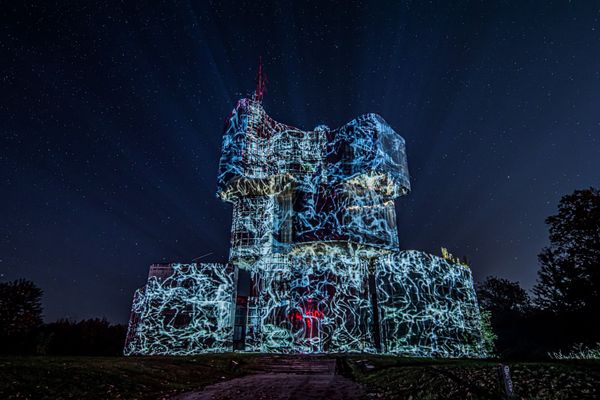
Hungarian videomapping team projected onto the gigantic monument in Croatia
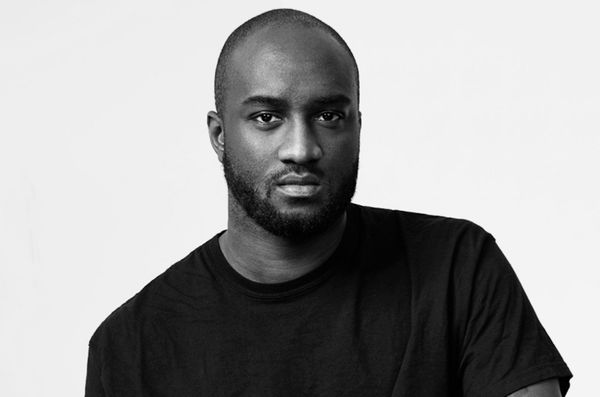
Virgil Abloh, founder of Off-White and designer of Louis Vuitton, passed away










